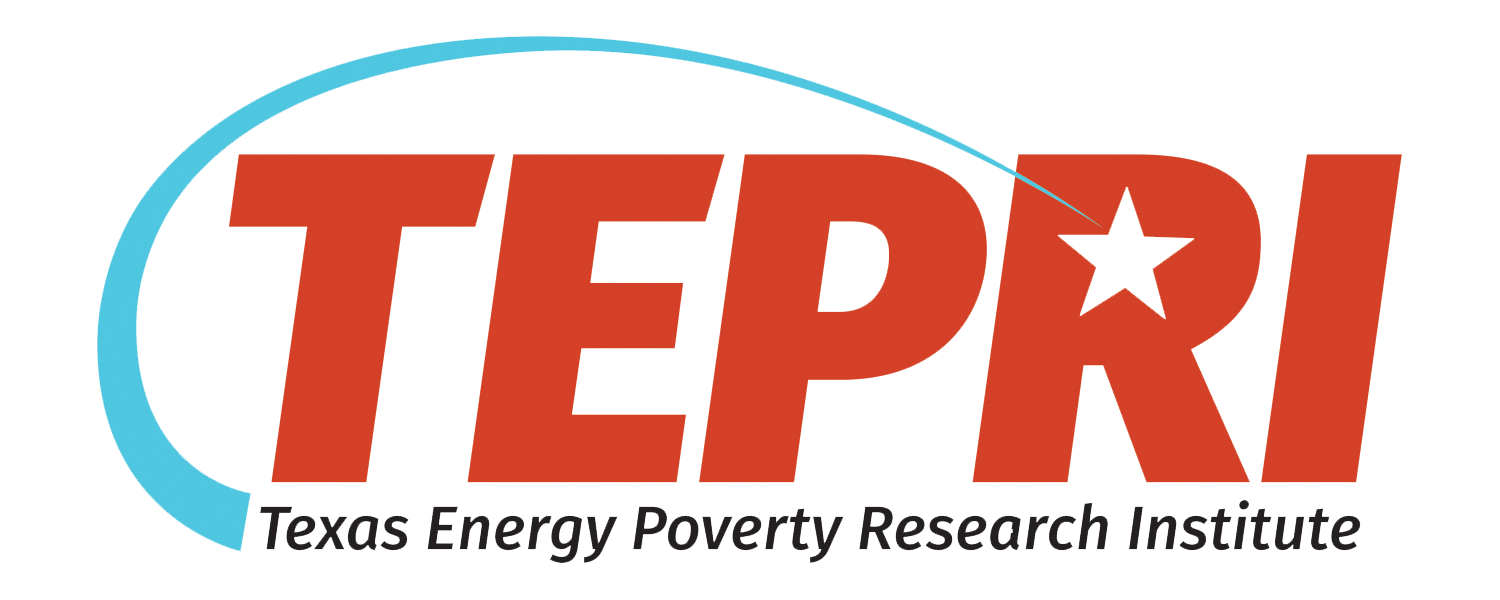[cmsms_row data_padding_bottom=”50″ data_padding_top=”0″ data_bg_parallax_ratio=”0.5″ data_bg_size=”cover” data_bg_attachment=”scroll” data_bg_repeat=”no-repeat” data_bg_position=”top center” data_color=”default” data_padding_right=”3″ data_padding_left=”3″ data_width=”boxed”][cmsms_column data_width=”1/1″][cmsms_image align=”center” link=”https://tepri.org/wp-content/uploads/2019/07/Screen-Shot-2019-07-19-at-12.38.47-PM.png” animation_delay=”0″]7537|https://tepri.org/wp-content/uploads/2019/07/Screen-Shot-2019-07-19-at-12.38.47-PM-1024×517.png|large[/cmsms_image][/cmsms_column][/cmsms_row][cmsms_row data_padding_bottom=”50″ data_padding_top=”0″ data_bg_parallax_ratio=”0.5″ data_bg_size=”cover” data_bg_attachment=”scroll” data_bg_repeat=”no-repeat” data_bg_position=”top center” data_color=”default” data_padding_right=”3″ data_padding_left=”3″ data_width=”boxed”][cmsms_column data_width=”1/1″][cmsms_text animation_delay=”0″]
TEPRI Takeaways from “Utility Affordability Roundup” NEUAC Conference
BLOG POST | JULY 19, 2019
By: Jacquie Moss, Research Fellow, TEPRI
I was honored to be invited to represent TEPRI’s work at this year’s National Energy and Utility Affordability Coalition (NEUAC) Annual Conference, “Utility Affordability Roundup.” NEUAC assembles a coalition of diverse member organizations and individuals from across the country. The event was held in Fort Worth, Texas, from June 3-5, 2019 and topics spanned energy and utility affordability, policy and advocacy, nonprofit management, and fundamentals of the Low-Income Home Energy Assistance Program (LIHEAP). In this blog post, I want to share a few key takeaways with our network.
Organizers invited TEPRI to present on how renewable energy can contribute to equitable, sustainable, and resilient energy for all. As the first session in a track devoted to advancing energy- and cost-saving solutions for low-income communities, the session provided an overview of efficiency, renewables, and water in relation to energy affordability. Renewable energy has the potential to be a solution for disadvantaged communities to achieve sustained affordable energy — when the numerous barriers to access are addressed. Furthermore, renewables are most effective when they are part of a comprehensive strategy, including energy efficiency, weatherization, and payment programs. My presentation categorized renewable energy into three types — utility-scale, customer-sited, and community. After briefly describing how each of these models may benefit low-income customers, I focused on low-income community solar and shared a couple of examples. My full presentation is available here.
Being an early presenter meant that I could shift into attendee mode for the remainder of the event. I primarily stayed in the track that was specific to efficiency, renewables, and technology. Amidst the practical advice and project examples, three big ideas stuck with me.
1. The term “low-income” was the topic of some breaktime debate. One consideration that resonated with me was how the use of the word “low” suggests a hierarchy, rather than seeing all people as equal. Furthermore, the use of “income” narrows the scope of concern to a financial consideration. In a recent TEPRI research study in San Antonio, we found that people do not identify themselves as “low-income” even when their income-level and household size met standard criteria. At the conference, I noted several alternative descriptors — “distressed communities,” “vulnerable populations,” and “critical customers.” Most of these concepts combine limited-income households with seniors, children, people with disabilities, racial minorities, and other marginalized groups. When our goal is to reduce inequity and ease suffering, I want to recognize the power of labels to show respect and reinforce dignity. Amidst this sensitivity, the term “low-income” still dominated presenters’ slides and attendee parlance.
2. Agencies are increasingly using a “whole-person” approach to providing assistance. “Whole-person” care refers to intake and assistance coordination, often aided by centralized data management, across the range of agencies that serve the household. This approach aims to improve the health and overall well-being of customers while also being more efficient for agencies and a more effective use of limited resources. This idea was also discussed and captured in our notes from our TACAA work session earlier this year. Likewise, I heard this concept discussed at South by Southwest (SxSW) this year — in the context of healthcare. One medical provider shared how health issues of disadvantaged communities are most often related to factors that are outside of a traditional physician’s purview, including food insecurity, housing instability, and energy poverty. “Whole-person” care includes partnering with other care providers to fulfill the patient’s essential health needs.
3. Momentum is building for cross-sector collaboration. NEUAC brings together a diverse range of organizations and individuals, representing nonprofits, agencies, local and federal government, third-party providers, and utilities. Agencies and non-profit organizations voiced their desire to have more opportunities to convene with utilities. There was broad admission that utilities are often represented as the “big bad wolf,” and this perception suggests the importance of working together in closer partnership towards a shared goal. Utility representatives expressed their desire for partnerships that help enhance service to low-income populations. Dana Harmon, Executive Director of TEPRI, attended the “Building an Effective Coalition in Your State” session, and noted that coalitions have developed in several states based on unique local needs — from developing best practices for assisting customers with bills to more effectively organizing to speak for the community need to finding opportunities to leverage funding, but each coalition started with the common goal of purposeful partnership to solve local challenges.
It was an honor to represent TEPRI at NEUAC this year. I was inspired by seeing the shared commitment — from across the country and organizational affiliations — to reduce the financial strain and enhance the quality of life for vulnerable population groups. As a Research Fellow at TEPRI, my primary interest is to identify and raise awareness of solutions that can lead to sustained, reliable access to affordable energy for all. It’s exciting to be a part of a community of thoughtful people working on so many diverse topics surrounding energy and utility affordability.
Many thanks to Katrina Metzler, Executive Director of NEUAC, for making this conference such a success; Ariel Drehobl, Senior Research Analyst at the American Council for an Energy Efficient Economy (ACEEE) for diligently leading the “Advancing Energy Affordability” track; and TXU Energy, TEPRI member and sponsor of the NEUAC Conference. I look forward to attending the 2020 conference in Washington, D.C.
[/cmsms_text][/cmsms_column][/cmsms_row]

